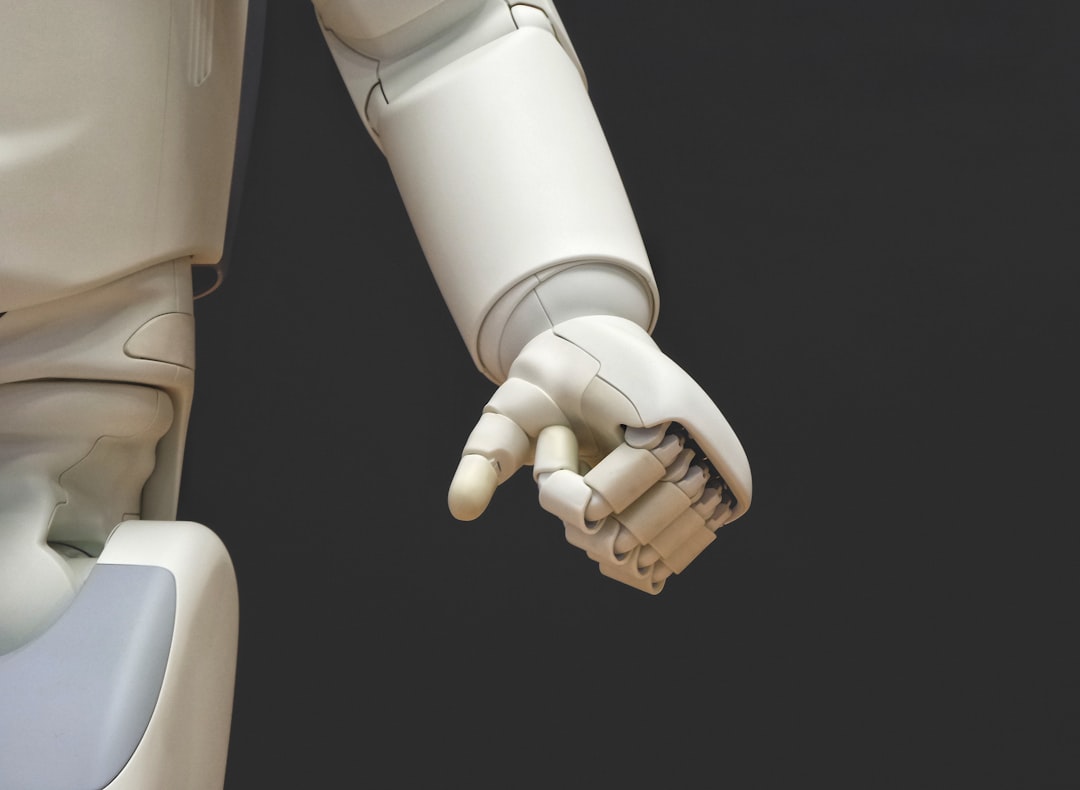Seth Godin has a point (as usual):
When AI is smart enough to write an essay, then what happens?
GPT3 is back in the news, because, as expected, it’s getting better and better. Using a simple chat interface, you can easily ask it a wide range of questions (write a 1,000 word essay about Clara Barton) that certainly feels like a diligent high school student wrote it.
Of course, this changes things, just as the camera, the typewriter and the internet changed things.
It means that creating huge amounts of mediocre material is easier than ever before. You can write a bad Seinfeld script in about six minutes.
It means that assigning rudimentary essays in school or average copywriting at work is now a waste of time.
But mostly it reminds us that attention and trust don’t scale.
If your work isn’t more useful or insightful or urgent than GPT can create in 12 seconds, don’t interrupt people with it.
Technology begins by making old work easier, but then it requires that new work be better.
– Seth Godin
I think it’s always important to consider the work we ask students to do in our schools. As my teacher cohort works through implementing the 4 Shifts protocol, we ask questions around deeper learning and authentic work like:
- Is student work deeply rooted in discipline-specific and -relevant knowledge, skills, and dispositions?
- Do learning activities and assessments allow students to engage in deep critical thinking and analysis?
- Do students have the opportunity to design, create, make, or otherwise add value that is unique to them?
- Is student work authentic and reflective of that done by experts outside of school?
- Are students utilizing authentic, discipline-specific practices and processes?
- Are students creating real-world products or performances for authentic audiences?
Of course, not every lesson or activity can be (nor should it be) an exercise in critical thinking and authentic, real-world application. But if our biggest concern about AI is whether or not students will use it to cheat, perhaps we have work to do on our classroom plans.
- Scott McLeod (Author)
- English (Publication Language)
- 80 Pages – 09/21/2018 (Publication Date) – Solution Tree Press (Publisher)
- McTighe, Jay (Author)
- English (Publication Language)
- 130 Pages – 01/22/2020 (Publication Date) – ASCD (Publisher)














